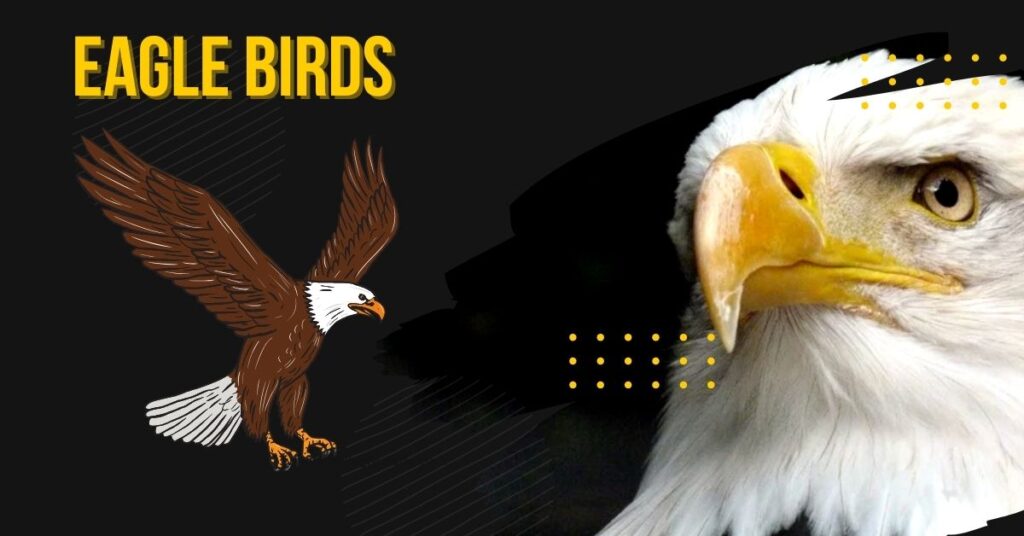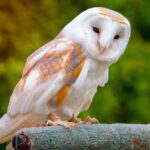Eagle Birds are among the most magnificent and capable animals in the avian world. Known for their noteworthy measure, sharp visual perception, and striking appearance, Eagle Birds capture the creative energy of fowl devotees and nature partners alike. In this comprehensive direct titled “Eagle Birds Disclosed: Truths, Propensities, and Dazzling Photographs,” we’ll dive into the captivating world of these exceptional winged creatures. We will investigate their characteristics, behaviors, and living spaces, backed by dazzling photos that exhibit their grandeur.
Eagle Birds, with their commanding nearness and savage aptitudes, stand out as images of control and opportunity. They have a place to the family Accipitridae, which incorporates birds of prey, kites, and vultures. Eagle Birds are found over the globe, from the Americas to Europe, Africa, and Asia. Each species has interesting characteristics that contribute to its part in the ecosystem.
Developmental History of Eagle Birds

Eagle Birds have a long developmental history that ranges millions of a long time. Their precursors were among the most punctual raptors to advance, adjusting to different biological specialties over time.
Antiquated Origins
The developmental ancestry of falcons can be followed back to the early Miocene age, around 20 million a long time prior. Early Eagle Birds were comparative in numerous regards to advanced species but were littler and less specialized. Fossil prove appears that hawks were as of now impressive predators, prepared with sharp claws and capable beaks.
Adjustments and Diversification
As Eagle Birds advanced, they created different adjustments to fit distinctive situations. A few species adjusted to open prairies, whereas others advanced to chase in thick woodlands or along coastlines. These adjustments driven to the assorted run of falcon species we see nowadays, each with one of a kind characteristics suited to their habitats.
Biological Affect of Eagle Birds

Eagle Birds play a significant part in their environments. As pinnacle predators, they offer assistance keep up the adjust of different creature populations.
Predator Control
Eagle Birds are successful at controlling populaces of little well evolved creatures, fowls, and reptiles. By preying on these creatures, hawks offer assistance avoid overpopulation, which can lead to biological awkward nature. For illustration, by chasing rodents, hawks offer assistance oversee rural bugs and anticipate trim damage.
Rummaging Role
Some Eagle Birds species, such as the African Angle Hawk, too rummage for carrion. This behavior makes a difference clean up dead creatures from the environment, lessening the spread of illness and contributing to the in general wellbeing of the ecosystem.
Point by point See at Particular Eagle Birds Species
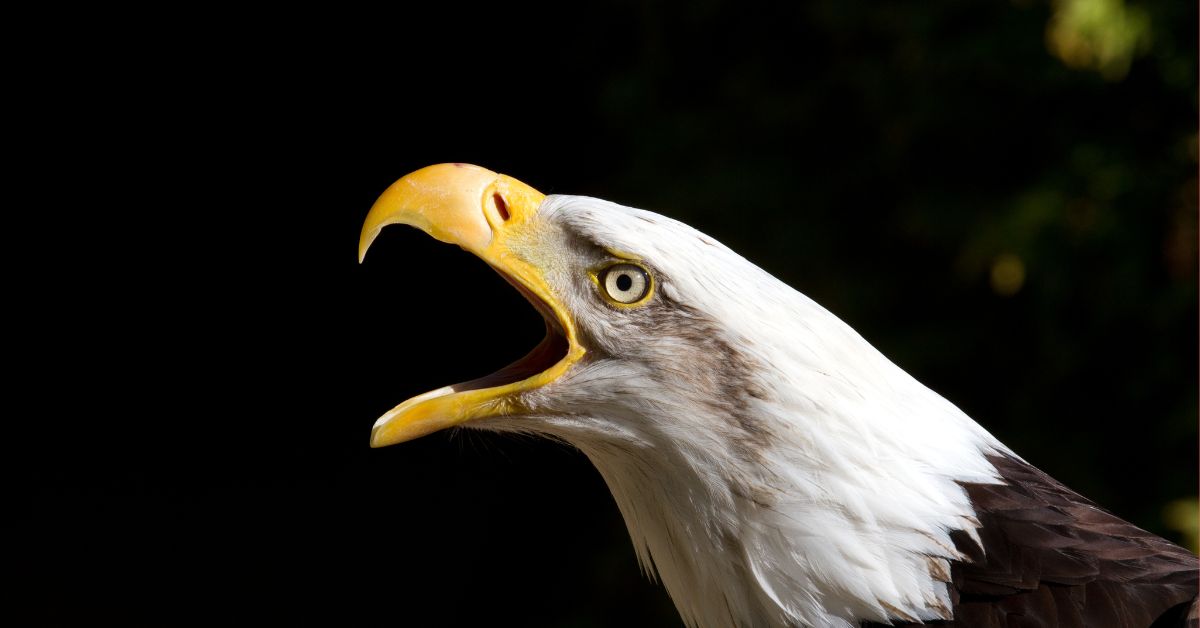
Here’s a closer see at a few particular Eagle Birds species, counting their one of a kind characteristics and behaviors:
Bald Eagle (Haliaeetus leucocephalus)

- Appearance: The Bald Hawk is known for its unmistakable white head and tail plumes, differentiated with a dim brown body and wings. It has a capable yellow snout and expansive talons.
- Habitat: This species is fundamentally found close expansive bodies of open water, such as lakes, streams, and coastal territories in North America.
- Behavior: Bare Hawks are gifted fishers and regularly chase by diving into the water to capture their prey. They construct huge homes in tall trees or on cliffs, which can be up to 2.5 meters wide.
Golden Eagle (Aquila chrysaetos)
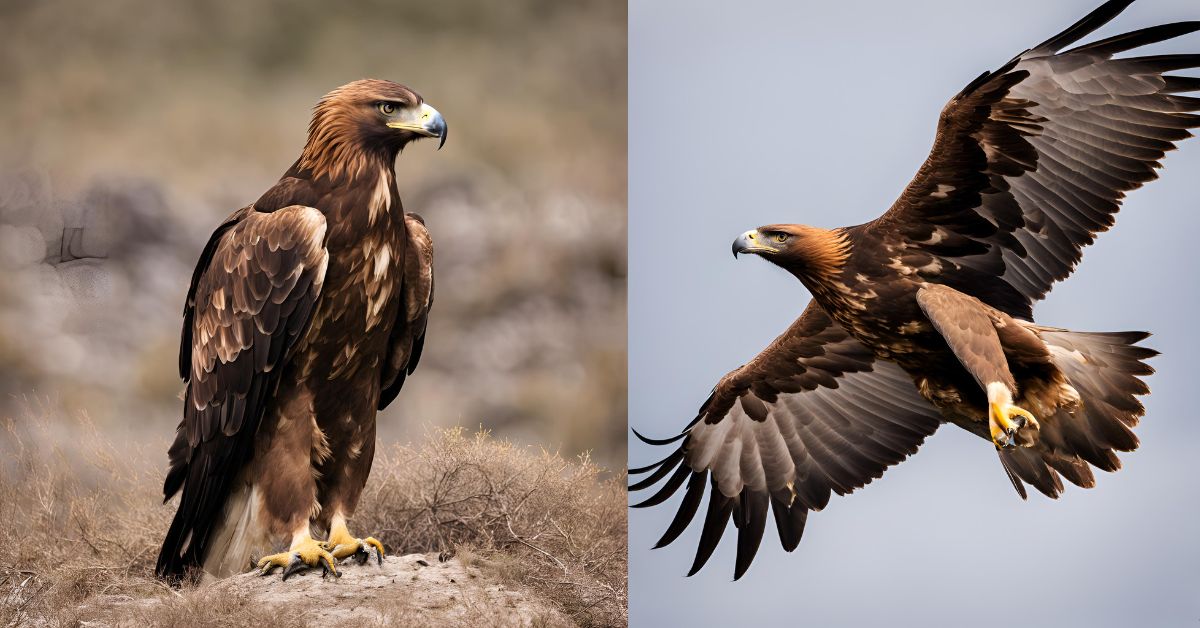
- Appearance: The Golden Hawk has a golden-brown plumage with a unmistakable brilliant luster on its head and neck. Its dull wings and tail plumes differentiate with its lighter body.
- Habitat: Brilliant Falcons are found over North America, Europe, and Asia, regularly possessing precipitous districts, meadows, and open forests.
- Behavior: Brilliant Falcons are known for their noteworthy chasing aptitudes. They utilize their sharp vision to spot prey from tall elevations and can plunge at speeds surpassing 240 km/h to capture it.
Harpy Eagle (Harpia harpyja)
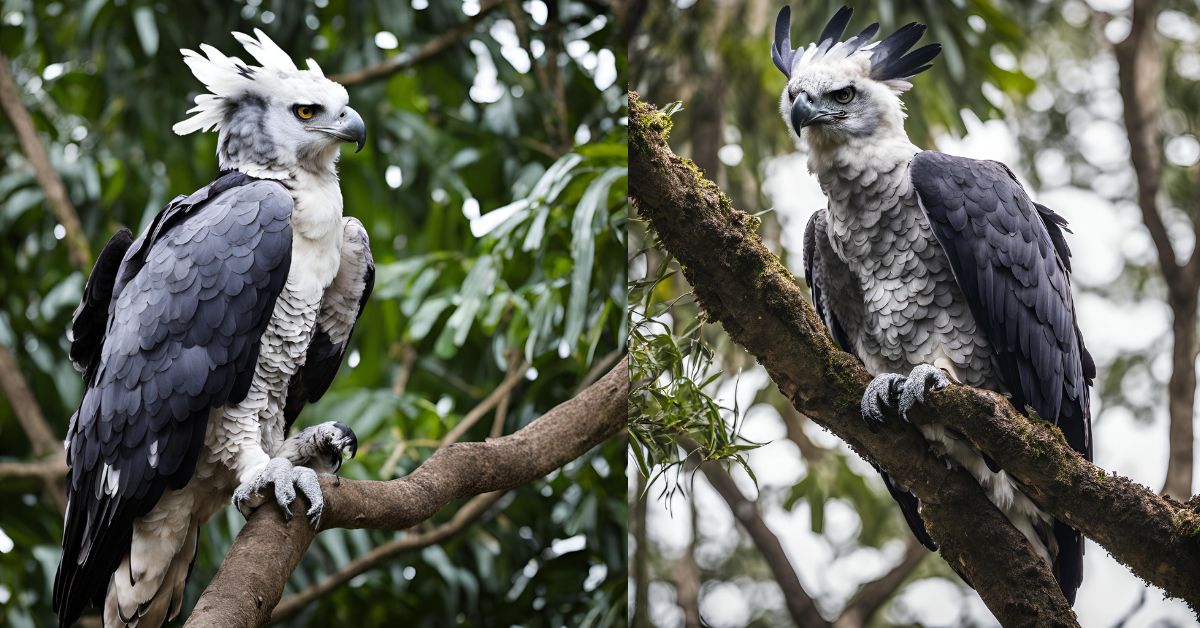
- Appearance: The Harpy Falcon is a huge, capable winged creature with a particular peak of plumes on its head and striking dark and white plumage.
- Habitat: Local to the tropical rainforests of Central and South America, Harpy Hawks incline toward thick timberland environments.
- Behavior: Harpy Hawks have solid claws and noses, adjusted for catching and slaughtering medium-sized warm blooded animals like sloths and monkeys. They construct their homes tall in trees, which are regularly lined with delicate materials.
Steller’s Sea Eagle (Haliaeetus pelagicus)
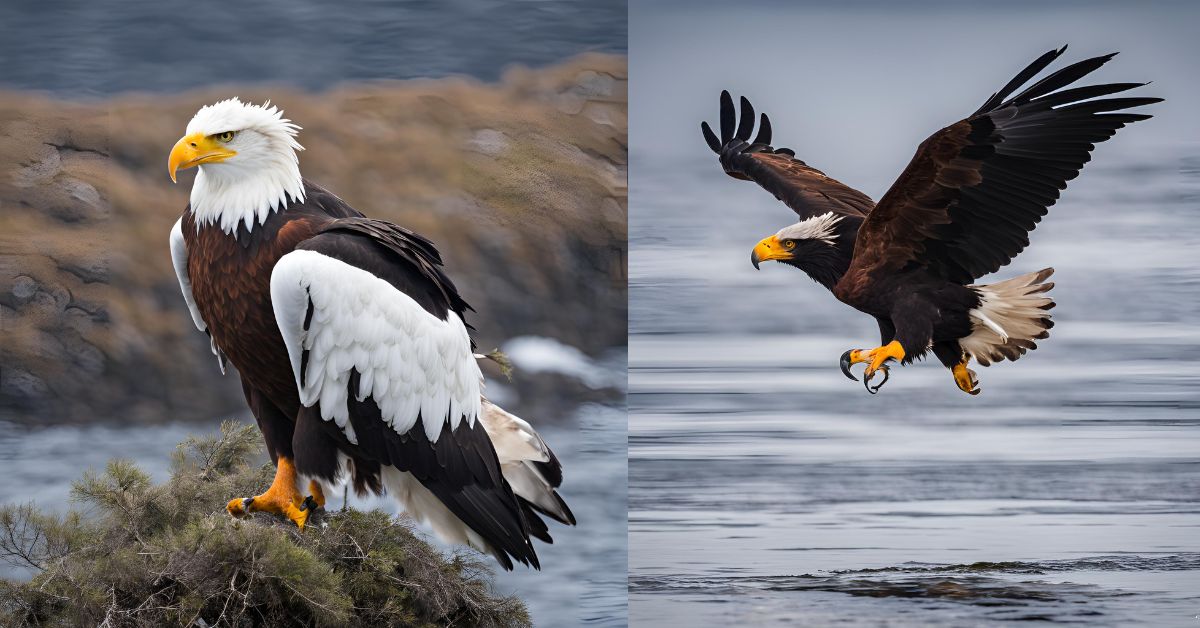
- Appearance: Steller’s Sea Hawk is one of the biggest hawk species, with a striking appearance characterized by a white head and tail, dim brown body, and a shinning orange beak.
- Habitat: Found in the coastal districts of northeastern Asia, especially around Russia’s Kamchatka Promontory and the Ocean of Okhotsk.
- Behavior: This species essentially nourishes on angle and is known for its noteworthy angling abilities. It homes on cliffs or in huge trees close water bodies.
Preservation Endeavors and Challenges
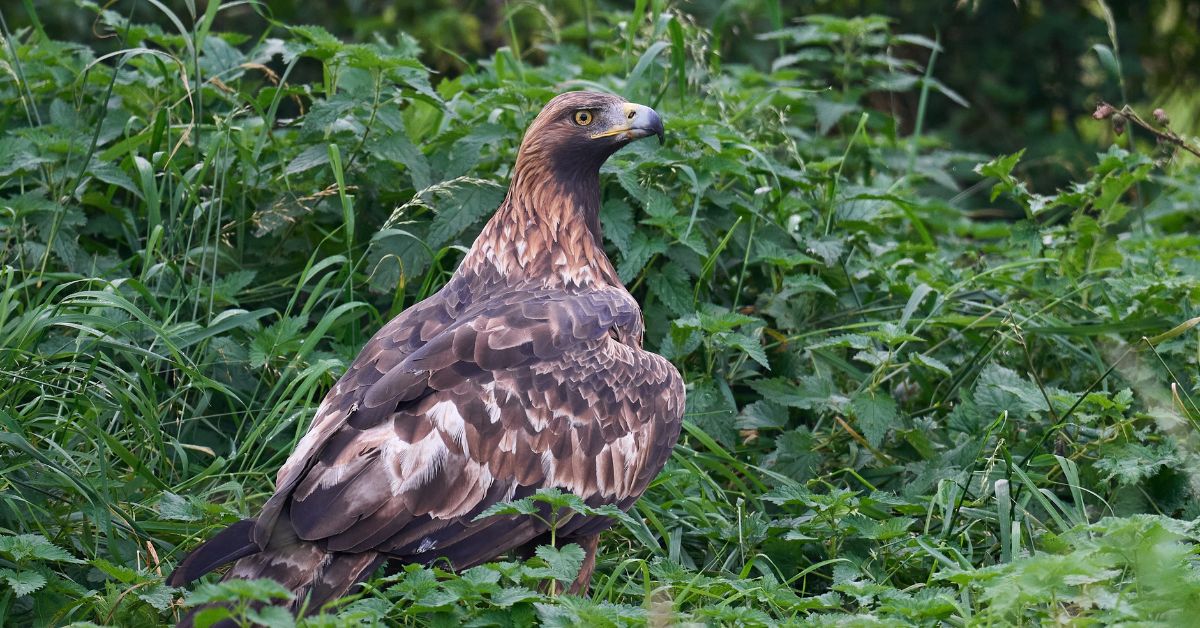
Eagle Birds preservation is basic due to different dangers that affect their populaces. Here’s a closer see at the challenges and progressing preservation efforts:
Dangers to Eagle Birds
- Habitat Misfortune: Deforestation, urbanization, and rural extension lead to the devastation of living spaces basic for hawks. This not as it were decreases their settling locales but too influences their nourishment sources.
- Pollution: Chemical poisons, such as pesticides and overwhelming metals, can sully water and prey, driving to wellbeing issues for hawks. Lead harming from ingested went through ammo is a noteworthy issue in a few regions.
- Hunting and Poaching: Hawks are in some cases focused on by seekers and poachers, either for their plumes or since they are seen as dangers to animals. Illicit catching and shooting can essentially affect hawk populations.
Preservation Initiatives
- Protected Ranges: Building up ensured regions and natural life saves makes a difference defend hawk living spaces from advancement and human infringement. These ranges give secure spaces for settling and hunting.
- Rehabilitation and Discharge Programs: Restoration centers work to protect and care for harmed falcons, with the objective of discharging them back into the wild. These programs are imperative for recuperating harmed or debilitated individuals.
- Education and Backing: Raising mindfulness approximately hawk preservation is significant. Instructive programs and promotion endeavors offer assistance advance the assurance of falcons and their environments, empowering open bolster and arrangement changes.
- Research and Checking: Progressing inquire about and observing of hawk populaces offer assistance researchers get it their needs and dangers. Following their developments and examining their behavior give important information for preservation efforts.
Dazzling Eagle Birds
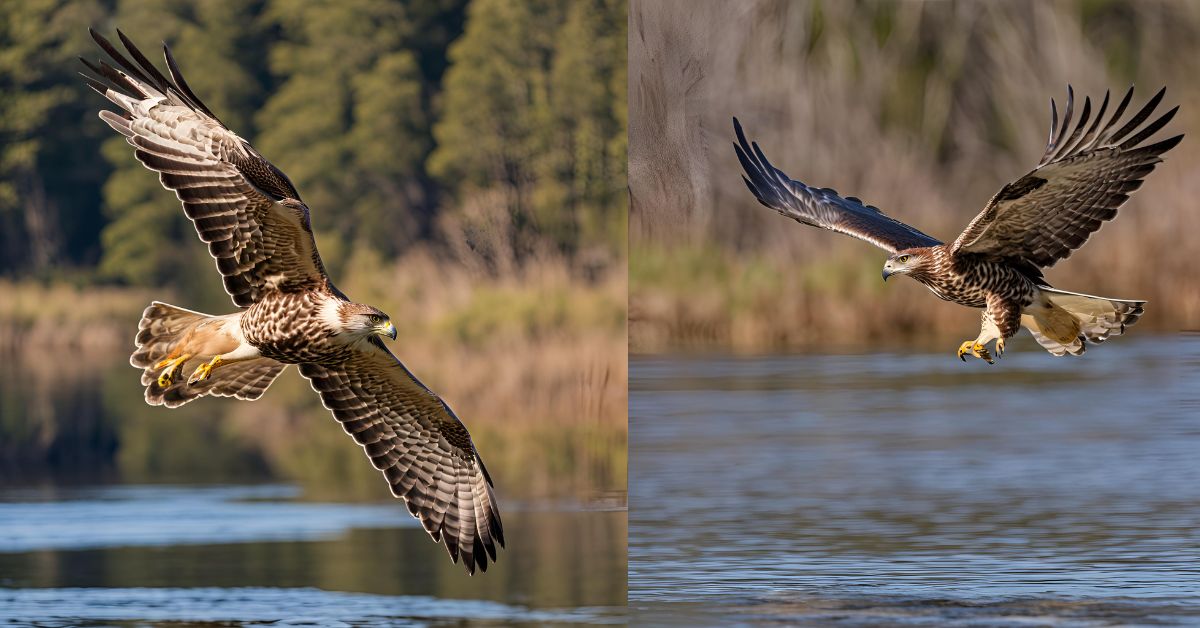
Visual documentation of Eagle Birds not as it were captures their magnificence but moreover raises mindfulness almost their preservation. Here are illustrations of staggering falcon photos:
- Bald Hawk in Flight Over a Waterway: Captures the sheer control and beauty of the Bare Hawk as it takes off over its common habitat.
- Golden Falcon Roosted on a Rough Outcrop: Appears the Brilliant Hawk in its rough mountain environment, highlighting its amazing estimate and plumage.
- Harpy Falcon Settling in the Rainforest: Gives a see into the life of the Harpy Hawk as it tends to its settle in the thick canopy.
- Steller’s Ocean Falcon Angling in the Water: Outlines the Steller’s Ocean Eagle’s angling procedure, exhibiting its dexterity and expertise in the water.
Discover the Unique Characteristics of an Eagle Habitat: A Comprehensive Guide
FAQs About Eagle Birds
Q1: How do Eagle Birds discover their prey?
A1: Falcons utilize their extraordinary vision to spot prey from extraordinary separations. They have specialized vision that permits them to identify little creatures whereas taking off tall in the sky.
Q2: Do hawks migrate?
A2: Movement designs change by species. A few falcons, like the Steppe Hawk, move long separations between their breeding and wintering grounds, whereas others stay in their environment year-round.
Q3: How long do falcon chicks remain in the nest?
A3: Falcon chicks by and large remain in the settle for almost 10 to 12 weeks some time recently fledging. Amid this time, they are bolstered by their guardians and continuously learn to fly and hunt.
Q4: What do falcons do amid the winter?
A4: Falcons in colder districts may move to discover open water and nourishment sources. In milder climates, they may stay in their living space but may change their chasing designs to adjust to regular changes.
Q5: How can I offer assistance falcon preservation efforts?
A5: You can back falcon preservation by contributing to natural life organizations, partaking in neighborhood preservation activities, and spreading mindfulness approximately the significance of ensuring falcon habitats.
Conclusion
“Eagle Birds Disclosed: Truths, Propensities, and Staggering Photographs” gives a comprehensive investigation of these wonderful animals. From their developmental history and biological affect to point by point data around particular species and preservation endeavors, this direct offers a careful understanding of Eagle Birds creatures. Eagle birds greatness and noteworthiness in the normal world proceed to rouse and fascinate. By increasing in value and securing these mind blowing eagles creatures, we guarantee that future eras can moreover wonder at their excellence and control.
